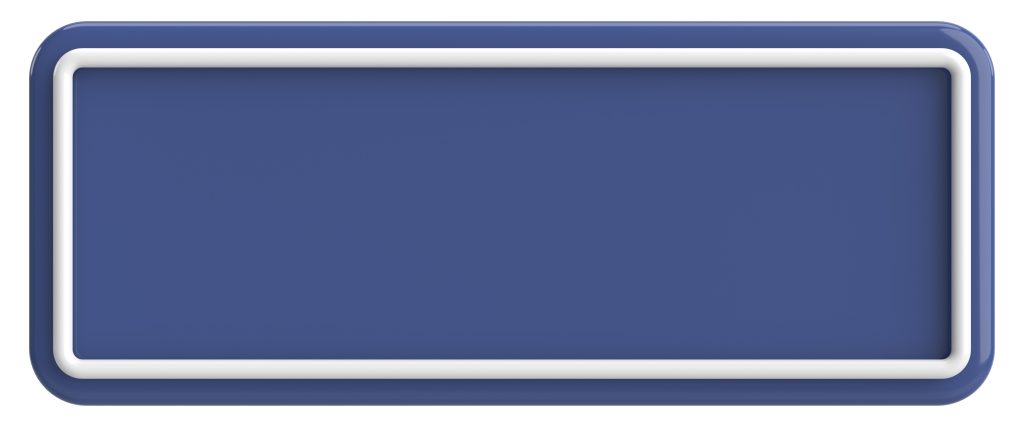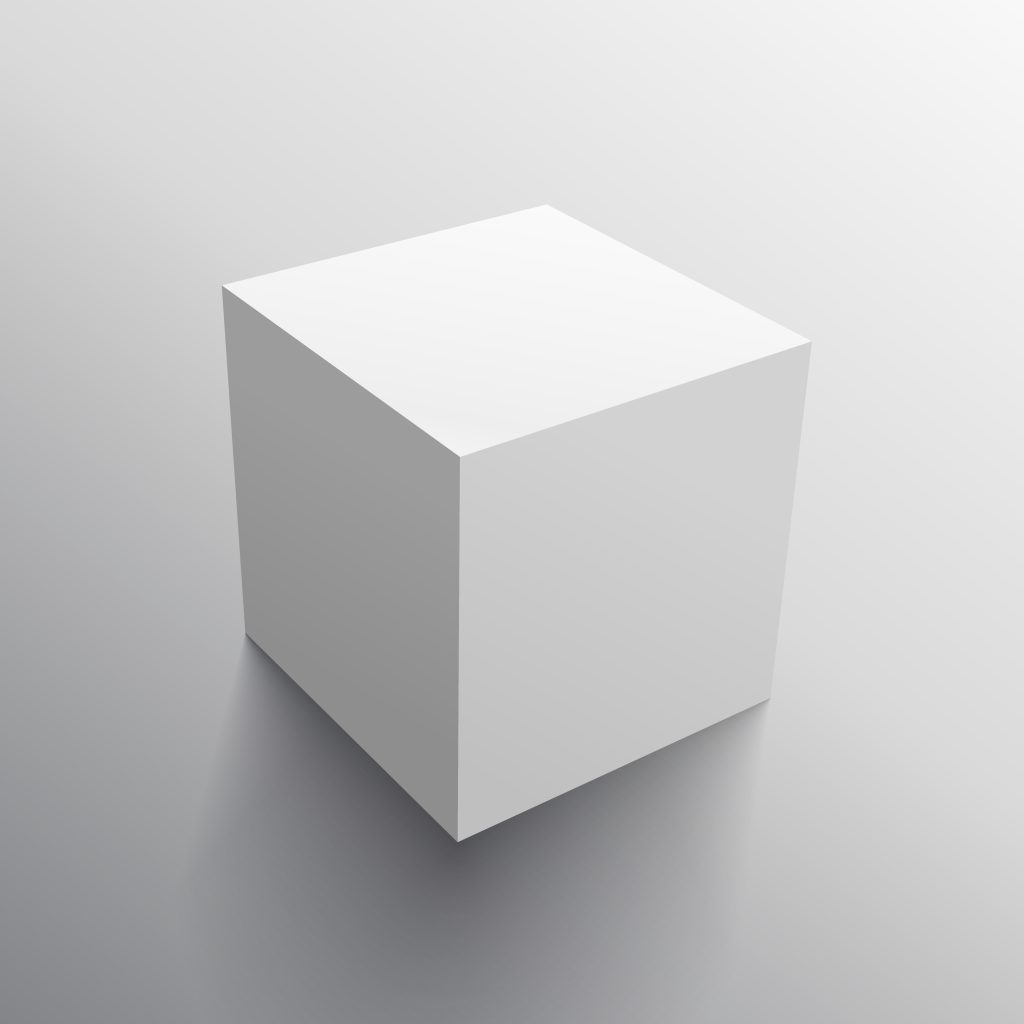Understanding mathematical shapes is fundamental to comprehending the world around us. From basic geometry to advanced architectural designs, math shapes form the foundation of various fields. This article provides an overview of different types of math shapes, delving into both basic and advanced geometric figures, as well as three-dimensional shapes.
Basic Geometric Shapes
Circle

A circle is a round shape with all points equidistant from its center. It is defined by its radius, diameter, and circumference. Circles are commonly found in everyday objects such as wheels, clocks, and coins.
Triangle

A triangle is a three-sided polygon characterized by three edges and three vertices. Triangles come in various types, including equilateral, isosceles, and scalene, each distinguished by the lengths of their sides and angles.
Square

A square is a four-sided polygon with equal sides and four right angles. It is a specific type of rectangle and rhombus. Squares are prevalent in various applications, from floor tiles to chessboards.
Rectangle

A rectangle is a four-sided polygon with opposite sides equal and four right angles. Unlike squares, rectangles have unequal adjacent sides. They are commonly seen in books, screens, and doors.
Pentagon, Hexagon, Octagon
Pentagons have five sides, hexagons have six sides, and octagons have eight sides. These shapes are regular polygons if all sides and angles are equal. Examples include the pentagon in the US Department of Defense building, hexagonal honeycombs, and octagonal stop signs.
Advanced Geometric Shapes
Parallelogram
A parallelogram is a four-sided shape with opposite sides parallel and equal in length. The angles in a parallelogram are not necessarily right angles. Parallelograms are seen in structures like bridges and certain types of tiles.
Rhombus

A rhombus is a parallelogram with all four sides of equal length. Unlike a square, the angles in a rhombus are not all right angles. Rhombuses can be found in diamond shapes and certain crystal structures.
Trapezoid

A trapezoid, known as a trapezium in some regions, is a four-sided shape with at least one pair of parallel sides. The parallel sides are called bases, and the non-parallel sides are legs. Trapezoids appear in various designs, including bridge supports and trapezoidal gardens.
Polygons (Regular and Irregular)
Polygons are shapes with three or more sides. Regular polygons have equal sides and angles, while irregular polygons have unequal sides and angles. Examples of polygons range from simple shapes like triangles and squares to complex shapes like decagons and dodecagons.
Three-Dimensional Shapes
Three-dimensional shapes, also known as solid figures, have length, width, and height. They are an extension of two-dimensional shapes into the third dimension, making them more applicable to real-world objects.
Sphere

A sphere is a perfectly round three-dimensional shape where every point on the surface is equidistant from the center. Common examples include balls and globes.
Cube

A cube is a three-dimensional shape with six equal square faces. All angles in a cube are right angles, and it is a special type of rectangular prism. Cubes can be seen in dice and Rubik’s cubes.
Cylinder

A cylinder has two parallel circular bases connected by a curved surface. Cylinders are prevalent in objects like cans and pipes.
Cone

A cone has a circular base and a single vertex. The surface tapers smoothly from the base to the vertex. Cones are seen in ice cream cones and traffic cones.
Prism

A prism has two parallel, congruent bases connected by rectangular faces. Prisms are classified by the shape of their bases, such as triangular prisms and rectangular prisms. They are used in optical instruments and architectural designs.
Conclusion
Understanding mathematical shapes is crucial for various practical and theoretical applications. From simple geometric figures to complex three-dimensional structures, shapes form the backbone of numerous fields. Encouraging further exploration and application of these shapes can lead to a deeper appreciation and understanding of the world around us.
FAQs (Frequently Asked Questions)
Common two-dimensional shapes include circles, triangles, squares, rectangles, pentagons, hexagons, and octagons.
Three-dimensional shapes have length, width, and height, giving them volume, whereas two-dimensional shapes have only length and width, giving them area.
Irregular polygons have sides and angles of different lengths and degrees. Examples include scalene triangles and non-regular hexagons.
Understanding math shapes can aid in spatial reasoning, architectural design, engineering, and various practical tasks such as organizing spaces and creating art.
You can learn more about math shapes from educational websites like Byju’s, school blogs, and various math-focused resources online.






